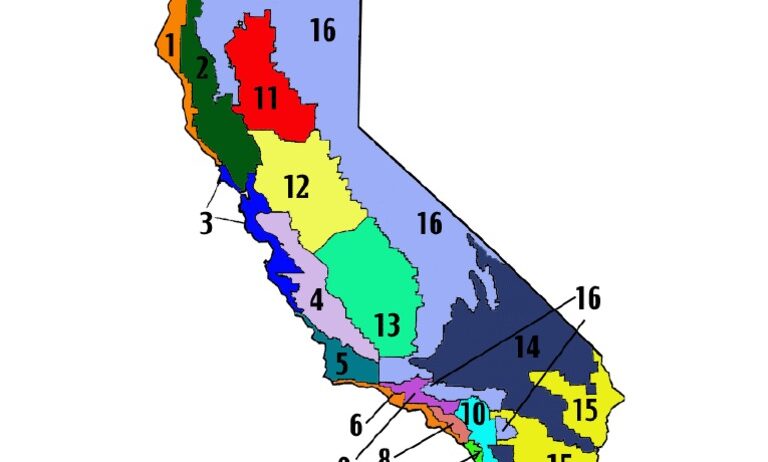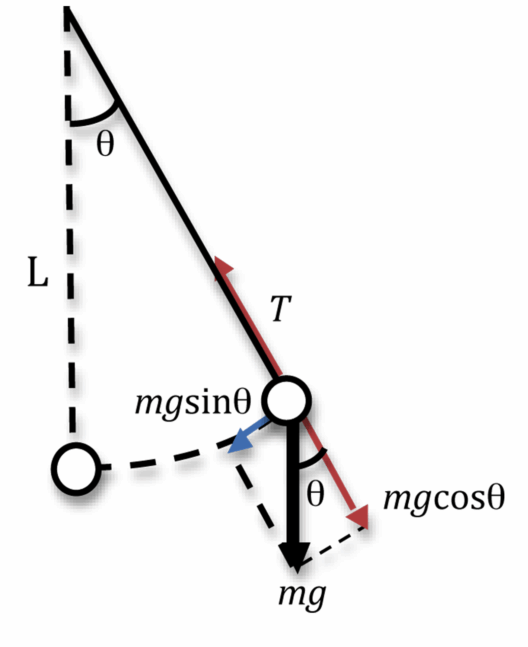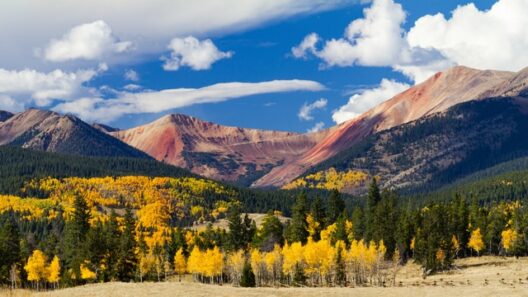When examining the climatic intricacies of Southern California, one cannot help but notice the prevailing dry and warm characteristics that define this unique region. Situated at the crossroads of geographical and meteorological phenomena, Southern California occupies a distinct climate zone primarily classified as Mediterranean, particularly the Southern Californian variant known for its arid conditions. This classification encompasses various sub-zones, but what truly captivates the imagination is the way this climate influences lifestyles, ecosystems, and even architectural designs.
The Mediterranean climate zone, characterized by moderate, wet winters and hot, dry summers, has its roots in the region’s topography and oceanic influences. The coastal proximity to the Pacific Ocean creates a microclimate that softens extremes in temperature, while the surrounding mountain ranges contribute to unique weather patterns through orographic lifting and rain shadow effects. As a result, coastal areas benefit from cooling breezes that temper summer heat, while inland deserts exhibit some of the highest temperature ranges, showcasing the striking contrasts within this zone.
Southern California’s distinct ecological zones can be further categorized into chaparral, grasslands, and coastal sage scrub. The chaparral, for instance, with its densely packed shrubs and aromatic vegetation, is adapted to withstand lengthy droughts. Its resilience is a fascinating aspect of this ecosystem, as these plants have evolved to not only survive but thrive in fire-prone areas, utilizing periodic wildfires as a catalyst for regeneration. Furthermore, this unique flora is intrinsically linked to the region’s cultural identity, as it provides vital habitats for diverse wildlife species, including endemic birds and mammals.
The fascination with Southern California’s climate extends beyond biological diversity. The annual cycles of water availability and scarcity instill a profound understanding of resource management among inhabitants. In agricultural sectors, innovative irrigation practices have emerged, prominent in the cultivation of fruits, vegetables, and wine grapes that thrive in sunny conditions. Farmers have mastered techniques like drip irrigation to maximize efficiency, reflecting a broader trend toward sustainability and adaptation to climatic realities. Such agricultural ingenuity is a testament to the ongoing relationship between climate and human adaptation, showcasing resilience in the face of environmental challenges.
Moreover, the architecture in Southern California is undeniably influenced by its climate. The region has pioneered the development of designs that harmonize with its warm, dry environment. Adobe homes, characterized by thick walls and strategic placement of windows, are ideal for maintaining cooler interiors during scorching summers. Likewise, modern constructions frequently incorporate passive solar design principles, maximizing natural ventilation and minimizing reliance on energy-intensive climate-control systems. This architectural philosophy serves not only practical purposes but also engages residents in a deeper dialogue with their environment.
However, the implications of climate in Southern California are far-reaching. Climate change poses significant threats to this already delicate balance. With rising temperatures, longer droughts are anticipated, exacerbating water scarcity concerns and challenging the resilience of local ecosystems. The impacts are palpable, forcing communities to re-evaluate water management policies, rethink agricultural practices, and adapt urban planning strategies to address potential climate-induced disruptions.
Furthermore, the sociocultural dynamics of Southern California are intricately intertwined with its climate. The allure of the “California Dream” is often associated with sun-kissed beaches and endless summer days, prompting an influx of inhabitants seeking this idealized way of life. However, this growth has substantial ramifications, including increased competition for limited water resources, urban sprawl that disrupts natural habitats, and escalated greenhouse gas emissions. The irony is that while many flock to enjoy the climate, their presence poses challenges that threaten its very essence.
The perception of climate in Southern California is also shaped by historical context. Indigenous communities developed a profound knowledge of the land, utilizing traditional ecological knowledge to adapt to the arid climate for millennia. As modern society progresses, it becomes increasingly crucial to recognize and integrate these ancestral practices into contemporary environmental stewardship initiatives. By honoring the wisdom of Indigenous populations, we can foster a more sustainable approach to living in harmony with the climate.
As a reflection of the complexities inherent in the Southern Californian climate zone, a deeper understanding of its phenomenology reveals a multifaceted relationship. The duality of enjoying a bounteous climate while grappling with the repercussions of climate change presents an ongoing challenge for residents and policymakers alike. The path forward requires an honest acknowledgment of these intricacies, fostering collaboration among stakeholders to safeguard the region’s ecological wealth and cultural heritage.
In summary, the climate zone of Southern California encapsulates a fascinating interplay of natural forces, socio-cultural constructs, and ecological dynamics. Emphasizing aridity and warmth, its Mediterranean classification serves as a backdrop for biodiversity, agricultural innovation, and architectural ingenuity. However, as climate challenges loom on the horizon, the responsibility to respect and protect this unique environment falls on every individual. Embracing sustainable practices and acknowledging historical wisdom can steer the region toward resilience, ensuring that Southern California’s climate remains a source of wonder rather than alarm.








